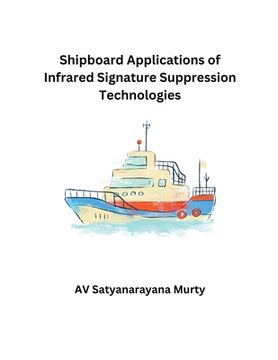Synopsis "Shipboard Application of Infrared Signature Suppression Technologies"
In the vast blue ocean, ships of different navies operate far from each other and are generally not in visual range. However, a ship can be uniquely identified based on a number of emissions that are characteristic to each and are called signatures. These include acoustic signature from machinery and flow, heat or infrared signature from exhaust, radar cross section from hull surfaces, magnetic signature from hull material, electric signature from corrosion protection systems etc. These signatures are used by surveillance and tracking sensors for attacking ships in general and warships, in particular. Survivability at sea requires management of all platform signatures to produce a net effect of reduced vulnerability. Anti-ship missiles pose the greatest threat to ships at sea. Prior to the Second World War, studies were carried out in parallel on the use of radar and infrared seekers in missiles for detection, identification and homing. For the materials available in the 1940s, radar seekers gave better results and hence, have become the standard fit. Over the years, advances in material sciences have improved the capabilities of infrared seekers and today, missiles have several guidance/seeker options that include radar, electro- optical camera and infrared imaging. Infrared homing is preferred for terminal guidance because of its inherent immunity to jamming techniques. A stealthy naval platform remains undetected and therefore can be deployed closer to the target to fulfill its mission with lesser risk of damage and associated causalities. Signatures used for ship detection include both underwater and above water. Signatures used by underwater weapons like torpedoes and mines are acoustics, magnetics, wake homing and extremely low frequency emissions (ELFE). Anti-ship missiles use above water signatures that include laser cross section (LCS), radar cross section (RCS), air borne noise and infrared (IR).

